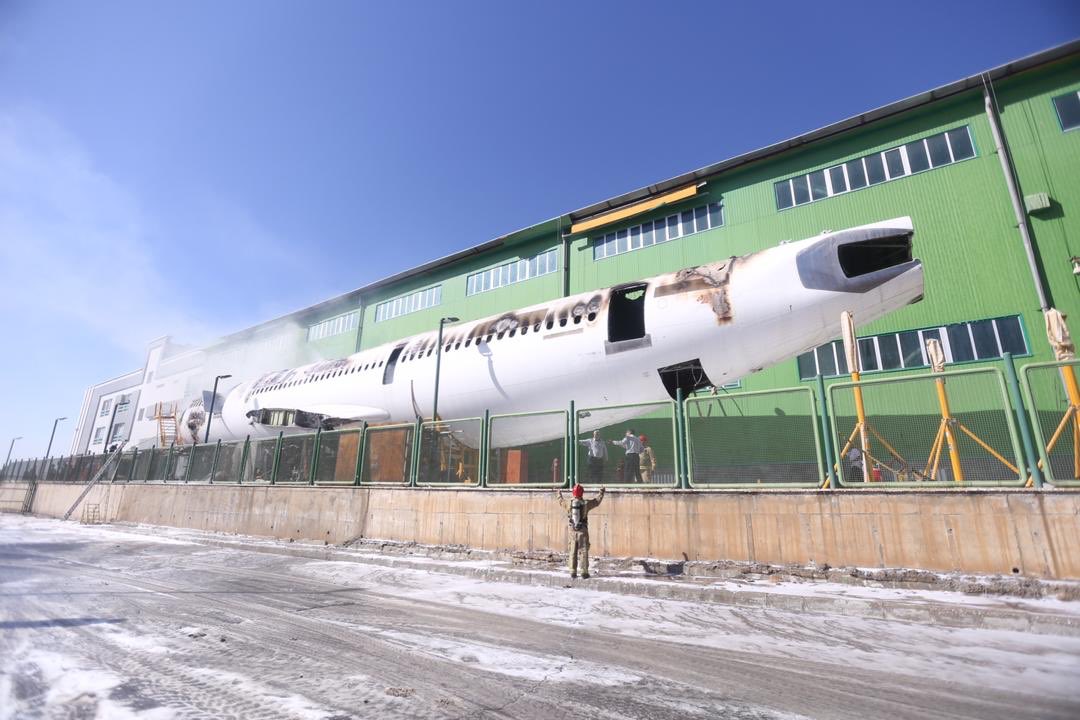- The airline sector makes a significant and fast-growing contribution to climate change: currently, it accounts for 2% of global CO2 emissions and 12% of transport-related CO2
- Landmark research of the corporate disclosures of 20 of the world’s largest listed airlines has found that their long-term targets appear to fall short of the Paris Agreement goal of limiting global warming to below 2°C. None of the 20 airlines has a target that clearly specifies how it will reduce its own flight emissions after 2025.
- Many airlines have formally adopted industry targets to reduce their net emissions, but this approach relies on carbon offsetting and it is unclear how much these airlines plan to reduce their own flight emissions. Research by the IEA and others shows that the industry needs to reduce its own emissions significantly in order to limit warming to below 2°C and not to rely on offsets. More transparency is needed on how much airlines plan to use offsetting.
- Airlines must also confront their contribution to climate change beyond CO2. Aircraft flying at altitude create additional warming effects, including the formation of contrails and clouds. Currently, these are not incorporated in company disclosures, or in the models used to benchmark them, even though they are likely to be significant.
The new research comes from the Transition Pathway Initiative (TPI) at the London School of Economics’ Grantham Research Institute, backed by over $13 trillion of investors such as the Environment Agency Pension Fund, BNP Paribas and Legal & General Investment Management.
The research looks at airlines’ carbon management practices and their emissions performance. Delta, United, Lufthansa and ANA Group (Japan) are the leaders on carbon management (see the full benchmark of ‘Management Quality’ below). Easyjet is the only airline with a CO2 emissions intensity of flights below the 2C benchmarks after 2020 (see the full benchmark of ‘Carbon Performance’ below). ANA Group, Japan Airlines, Korean Air and Singapore Airlines have the highest emissions intensities currently.
Please note that, since this assessment was undertaken, there has been enhanced disclosure from Wizz Air on climate performance and therefore the company’s Management Quality rating may not accurately reflect its most recent disclosures. Wizz Air also discloses a very low emissions intensity of flight operations, but TPI has been unable to verify this information so far.
Faith Ward, Co-chair of the Transition Pathway Initiative on behalf of the Environment Agency Pension Fund, part of the Brunel Pension Partnership, said
“Investors have a clear message to the aviation sector: When it comes to carbon performance they must be in it for the long haul. That means setting stretching emissions reduction targets to 2030 and beyond, and ending reliance on offsetting. It’s clear from TPI’s research that this is not currently the case.”
“Offsetting is no substitute for a clear strategy to reduce emissions, and the IEA’s carbon budget for air transport excludes the use of offsets. The aviation sector is doing the basics when it comes to carbon performance, but investors are urging them to take more significant steps as they judge which airlines are most likely to survive the turbulence of the transition to a low carbon economy. “
Helena Viñes Fiestas, Deputy Global Head of Sustainability at BNP Paribas Asset Management, said
“The aviation industry clearly has a range of actions it can take to respond to climate change – improved energy efficiency, biofuels, and offsetting amongst others. As investors, we need clarity about the contribution each of these will make – and, critically, how much they will cost – if the sector is to make its contribution to the goals of the Paris Agreement.”
David Russell, Head of Responsible Investment at USS pension scheme said,
“USS welcomes this research by the TPI. The airline sector is one where emissions – and therefore exposure to climate policy risk – are predicted to grow. As a result, the sector has to be able to explain to its investors how it will manage the shift to a lower carbon future. The analysis shows that whilst some in the sector are treating this issue strategically, others have some way to go. “
TPI used a large set of indicators to judge the ‘Management Quality’ by which the 20 airlines were managing climate change. TPI found that six out of 20 airline companies are in the bottom two levels, while ten out of 20 companies are on Levels 3 and 4. The average Management Quality score for the sector is 2.4, which is lower than both the automotive and electricity sectors.
The figure below shows Management quality scores for the 20 airlines:

TPI also undertook quantitative benchmarking of companies’ CO2 emissions pathways against international pledges made to reduce aviation emissions and targets set to deliver the Paris Agreement goals, for example limiting global warming to below 2°C. The figure below shows the full benchmark of Carbon Performance for the 20 airlines:

London, 05 March 2019



